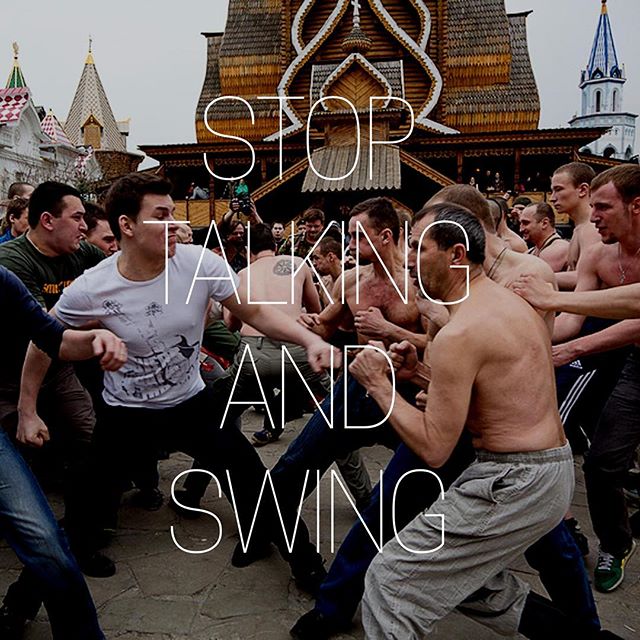Amongst many questions asked about Combatives the most frequently asked by most people is where do they start. However, the answer isn’t simply here or there about what gym, martial art, training seminar to attend, or any other specifics an individual should train at. The answer really rests on what is the tactical scenario of the individual or unit (a group of individuals).
The first thing I must express to students is what makes most Combatives training fail. Whether they are a stay at home mother, a husband, and wife who plans to be their own security, all the way up to a group of Special Mission Unit Operators; they have to understand the Combatives concept of “terminating training.”
Most of the training in the tactical world is treated the same way. The individual or unit decides they need/want some type of Combatives training (marksmanship, martial arts, etc.) so they seek an expert of some kind. This expert will then take their years of experience and will distill their knowledge down to a few simple and relatively effective concepts that the students will not only learn quickly but enjoy learning as well. However, what usually isn’t furnished to the students is methods in which they need to CONTINUE to train and develop those concepts.
Now, this is not to say that it isn’t done at all but it usually comes in the form of some type of follow on training that may or may not be in the immediate future to the student. That in mind it has been my experience that most students usually do not train on their own without some type of training plan furnished to them so when six months or six years down the line when it is time to execute those skills they desired to learn it will be as if the training never took place.
Combatives instructors do/should purposefully stay away from the path of training that is for specific tactics, techniques, and procedures. That is not to say we shouldn’t have the skills to be assets in those areas but with train the trainer in mind we must consider that they understand their own perceived threats much better than us being on the outside looking in. There are plenty of techniques I could teach that could afford an opportunity for a student to have the dominant positioning to shoot a threat in the back of the head but is that applicable to both a member of an SMU and a police officer? Clearly, that question is rhetorical in nature but the point then becomes what we teach as far as “Combatives” has to be about putting our students on the right path to find their own answers.
It is also commonplace that when seeking an expert, the students, in the beginning, will usually take on an anti-intellectual stance. Recently I had a student after going through a private training session ask questions about hypothetical situations; Shooting or fighting in this or that environment and what they should do. It was clear the student wanted me to give him what I thought was the right answer but instead at that moment, we recreated one of the scenarios.
Using scaffolding training methods is an effective form of teaching. We go from cooperative or compliant up to competitive or fully resistant during training. The student then realized he was able to come up with his own answers based on the training methods he received and as he continues on the path, he will be able to develop a battle plan based on any tactical scenario he may find himself in using the very same training methods.
This is my goal with every student. Train them to a point where I’m out of a job. I do not pretend to own every solution but I can surface the solutions with them.

To summarize, students have to first understand that the path to learning Combatives is a process, not an event.

